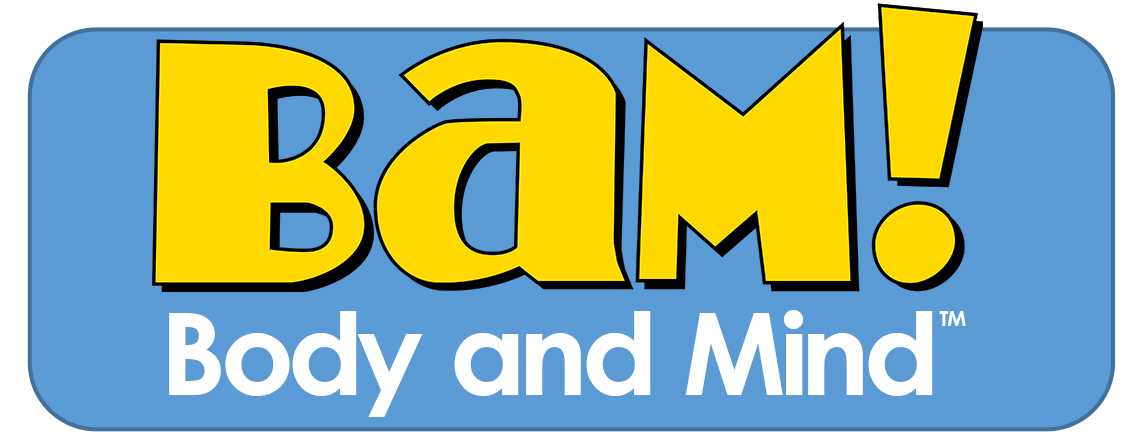Washington
State Education Efforts Fight Obesity
More than 460 Washington schools are benefiting from improved nutrition environments, improved physical education and physical activity, and increased access to drinking water.

The Washington State Health and Fitness Cadre, an energetic group of physical education and physical activity advocates, was the guiding force behind the revision of Washington State’s Health and Physical Education K‒12 Learning Standards. These standards establish the concepts and skills necessary for safe and healthy living and, in turn, for successful learning. Now the group is launching professional development training for school leaders to help ensure compliance with the updated standards.
IMPACT
The efforts of the Washington State trainers began several years ago with CDC funding and state implementation of the Comprehensive School Physical Activity Program, which established a strong foundation for schools to move toward and align with the Whole School, Whole Community, Whole Child model.
The trainers also provided professional development and technical assistance on best practices for high-quality health and physical education to teachers and leaders across the state. The group led the development of 23 state cognitive assessments, 25 assessment tutorials, and 5 training videos aligned with sample lesson plans. They provided quality, interactive, research-based workshops to improve use of standards, assessments, highly effective teaching, technology, and brain-based learning.
With the support of CDC and the state’s Department of Health, in the 2015–2016 school year, 33 trainings were provided to 685 participants from 255 school districts (of 295, 86%), 7 private schools, 11 higher education professors, and 10 community partners on strategies to create healthy school nutrition environments, strengthen physical education, encourage physical activity, and support whole-child education.
In 2015, with work on the learning standards well under way, the Washington State Legislature provided a $5 million boost to improving student health by establishing the Healthy Kids-Healthy Schools grant program. As spring 2017, 466 schools had received funding in the categories of nutrition, physical education and physical activity, and access to drinking water (water bottle filling stations). Wellness advocates and team members have instituted classroom brain boosters, physical activity for staff, and before- and after-school physical activity events involving family and community members.
- Page last reviewed: June 21, 2017
- Page last updated: June 21, 2017
- Content source:



 ShareCompartir
ShareCompartir